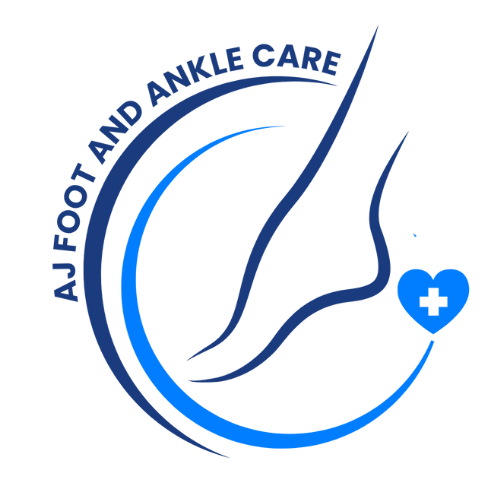Heel Pain
Heel pain is one of the most common reasons people visit a foot and ankle specialist. It can affect anyone, from athletes to people who spend long hours on their feet. While heel pain can have many causes, the good news is that it is highly treatable. Our team is here to diagnose the source of your discomfort and develop a personalized plan to help you walk without pain again.
Common Causes of Heel Pain
Heel pain can result from several conditions. The most common include:
-
Plantar fasciitis
Inflammation of the plantar fascia, a thick band of tissue that runs along the bottom of your foot. This is the most frequent cause of heel pain, often felt first thing in the morning or after long periods of rest.
-
Achilles tendinitis
Irritation of the tendon that connects your calf muscles to your heel. This is often caused by overuse or sudden increases in physical activity.
-
Heel spurs
Calcium deposits that build up under the heel bone. These are often associated with plantar fasciitis but are not always painful on their own.
-
Bursitis
Inflammation of a fluid-filled sac (bursa) at the back or bottom of the heel, often from repetitive stress or pressure from shoes.
-
Nerve entrapment
Compression of nerves in the heel can cause burning, tingling, or shooting pain.
-
Stress fractures
Tiny cracks in the heel bone that may develop from overuse, especially in runners or people with low bone density.
Symptoms
Symptoms of heel pain can vary depending on the cause but may include:
-
Sharp or stabbing pain in the bottom of the heel
-
Pain that is worse in the morning or after sitting
-
Swelling, warmth, or tenderness around the heel
-
A dull ache that worsens with activity
-
Difficulty walking or standing for long periods
-
Tightness in the calf or arch
Diagnosis
Your provider will begin with a physical examination and a review of your symptoms and activity history. Diagnostic imaging such as an X-ray, ultrasound, or MRI may be recommended to confirm the cause and rule out other conditions.
Accurate diagnosis is essential to creating the most effective treatment plan.
Treatment Options
Most cases of heel pain can be resolved without surgery. Your treatment plan may include:
-
Rest and activity modification
Reducing strain on the heel and avoiding high-impact activities
-
Stretching and strengthening exercises
Targeting the calf muscles and plantar fascia to relieve tension
-
Ice therapy
Reducing inflammation and providing temporary pain relief
-
Supportive footwear or custom orthotics
Improving foot alignment and cushioning impact with each step
-
Night splints
Holding the foot in a stretched position while sleeping to ease morning pain
-
Anti-inflammatory medications
Managing pain and reducing swelling
-
Corticosteroid injections
Used in some cases for more advanced inflammation
-
Physical therapy
Improving mobility, strength, and gait mechanics
When to Seek Care
You should schedule an evaluation if:
-
Heel pain lasts more than a few days or is getting worse
-
You have trouble walking or participating in normal activities
-
Pain is severe in the morning or after periods of rest
-
There is visible swelling or redness around the heel
-
You have a history of diabetes or nerve problems and notice foot changes
About Dr. Mansoori
Dr. Jasmin Mansoori is a board-certified podiatrist known for her compassionate approach, clinical expertise, and commitment to delivering thoughtful, patient-centered care.
Quick Connect
office@ajfootanklecare.com
469-398-1972
737-247-7483
2301 Ohio Dr., Ste 182
Plano, TX 75093
Office Hours
Mon-Fri : 9AM – 5PM
© 2025 AJ Foot and Ankle Care. All rights reserved.
